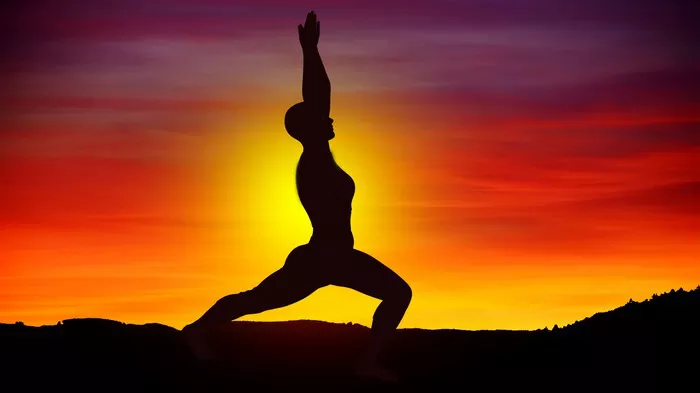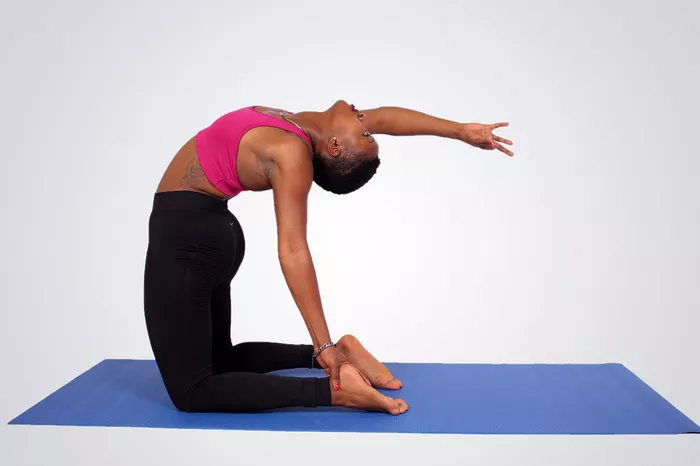Kriya Yoga is one of the most profound and highly revered forms of yogic practice, known for its deep spiritual impact and transformative effects. It is a systematic approach to accelerating spiritual evolution, primarily by controlling the breath and directing life energy (prana) within the body. Among the various types of Kriya Yoga, many practitioners seek to understand which form is the “highest” or most advanced. This article explores the depths of Kriya Yoga, its origins, techniques, and the pinnacle of its practice.
Understanding Kriya Yoga
Kriya Yoga is a comprehensive spiritual discipline that includes breath control (pranayama), meditation, and self-discipline. It was brought to modern awareness by the great yogi Lahiri Mahasaya in the 19th century and later popularized worldwide by Paramahansa Yogananda through his book Autobiography of a Yogi.
The essence of Kriya Yoga lies in its ability to harmonize the body, mind, and soul through controlled breathing techniques and meditative focus. This practice allows individuals to transcend ordinary consciousness and experience higher states of awareness, ultimately leading to self-realization.
The Hierarchical Levels of Kriya Yoga
Kriya Yoga is structured into different levels or stages. These stages correspond to the practitioner’s spiritual development and ability to handle higher energies. The most commonly known structure includes:
First Kriya: The foundational stage where practitioners learn basic breath control techniques, including the primary Kriya Pranayama, to awaken and circulate prana.
Second Kriya: A deeper practice that refines energy movement within the chakras, facilitating a greater connection with the divine.
Third Kriya: An advanced level that involves more complex pranayama techniques, deeper meditation, and a greater sense of inner stillness.
Fourth Kriya and Beyond: The highest levels involve direct communion with divine consciousness, leading to complete self-realization and liberation (moksha).
The Pinnacle of Kriya Yoga: Maha Kriya
Among the advanced forms of Kriya Yoga, Maha Kriya (The Great Kriya) is often considered the highest. This term refers to an ultimate state of yogic practice where the practitioner attains complete spiritual enlightenment and oneness with the Divine.
Maha Kriya is not necessarily a distinct technique but rather the culmination of disciplined practice, where breath, prana, and consciousness merge into an effortless state of divine realization. In this stage, the yogi experiences continuous awareness of the Supreme Being, no longer bound by worldly limitations.
The Supreme Goal: Samadhi and Liberation
The true purpose of Kriya Yoga is not merely physical health or mental peace but ultimate spiritual liberation. As practitioners advance, they experience Samadhi, a state of absolute absorption in the divine. There are different levels of Samadhi:
Savikalpa Samadhi: A deep meditative state where one experiences divine bliss but still retains individual awareness.
Nirvikalpa Samadhi: The highest state of spiritual absorption where the ego dissolves completely, and the practitioner realizes their true nature as pure consciousness.
When a yogi attains Nirvikalpa Samadhi through Kriya Yoga, they achieve the highest goal of human existence—liberation from the cycle of birth and death (moksha).
Is There a Single “Highest” Kriya Yoga?
It is important to note that different spiritual lineages may describe the highest form of Kriya Yoga differently. While some refer to Maha Kriya as the pinnacle, others emphasize the concept of continuous, effortless meditation (Sahaja Samadhi) as the ultimate goal.
In essence, the highest form of Kriya Yoga is not a specific technique but the state of divine realization it leads to. The true measure of advancement in Kriya Yoga is not how many techniques one has mastered but how deeply one has entered into divine communion.
How to Attain the Highest Kriya Yoga?
To reach the highest levels of Kriya Yoga, one must follow a disciplined and devoted practice. Key aspects include:
Regular Practice: Consistency in performing Kriya techniques is essential for deepening one’s spiritual progress.
Inner Purification: A yogi must cultivate moral purity, self-discipline, and devotion to the path.
Guru’s Guidance: Learning from an enlightened master ensures proper technique and spiritual protection.
Selfless Service (Seva): Helping others and living a life of compassion accelerates spiritual growth.
Meditative Stillness: Moving beyond techniques, one must enter deep states of meditation and surrender to the divine.
Conclusion
The highest Kriya Yoga is not merely a technique but a state of being—an unbroken communion with the Divine. It is the ultimate realization that the practitioner and the Supreme are one and the same. Whether one calls it Maha Kriya, Nirvikalpa Samadhi, or the highest attainment of spiritual evolution, the essence remains unchanged: a life lived in divine awareness and inner bliss.
For those on the path of Kriya Yoga, the journey is as important as the destination. With sincerity, devotion, and unwavering practice, every yogi can reach the highest realization that Kriya Yoga has to offer.
Related Topics:






















